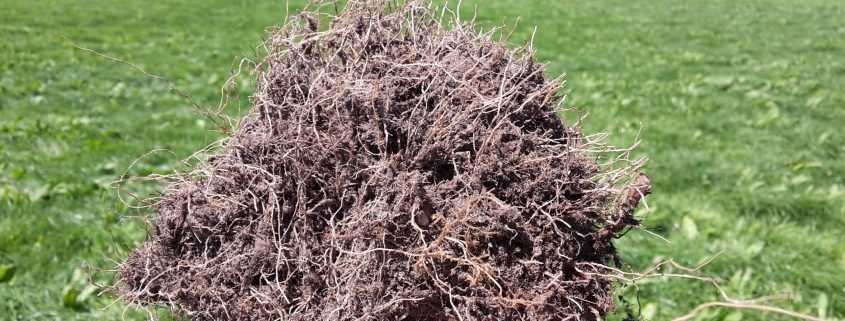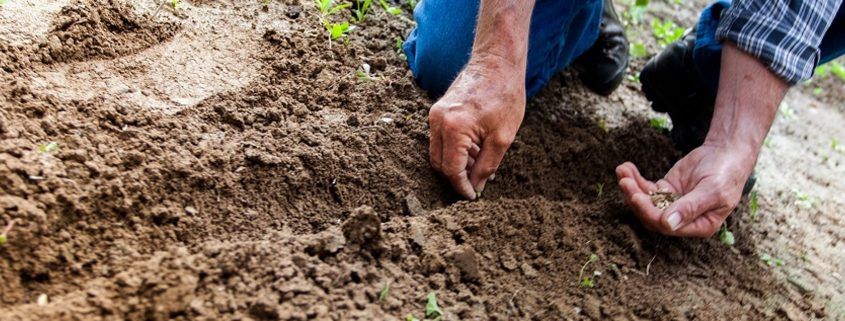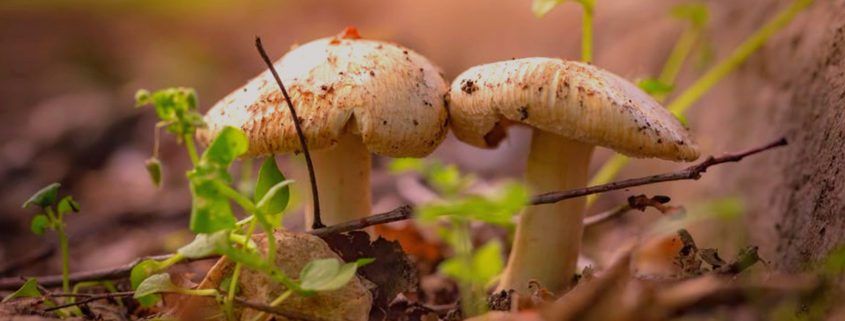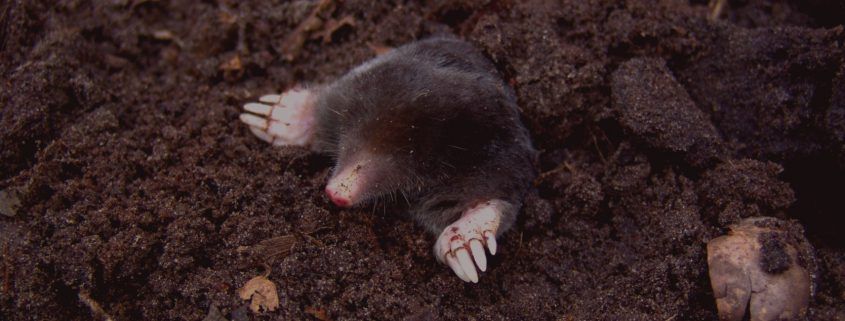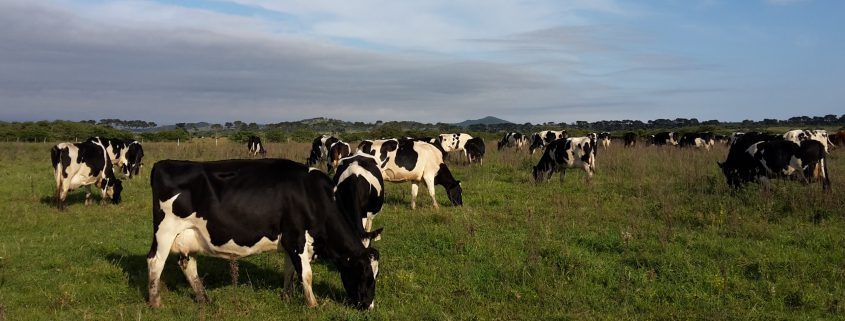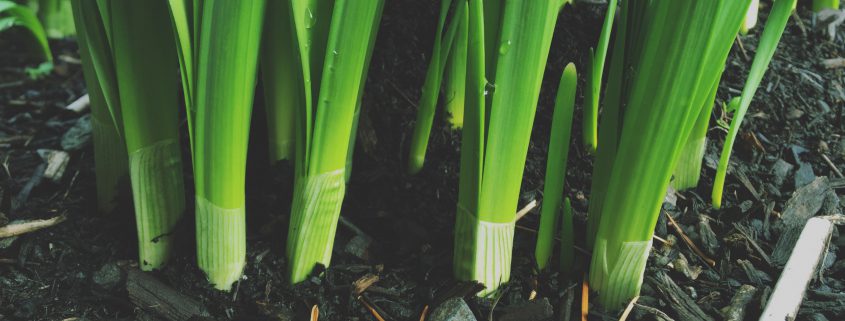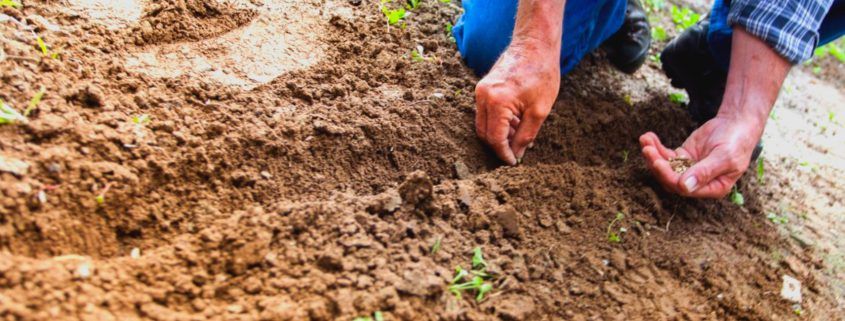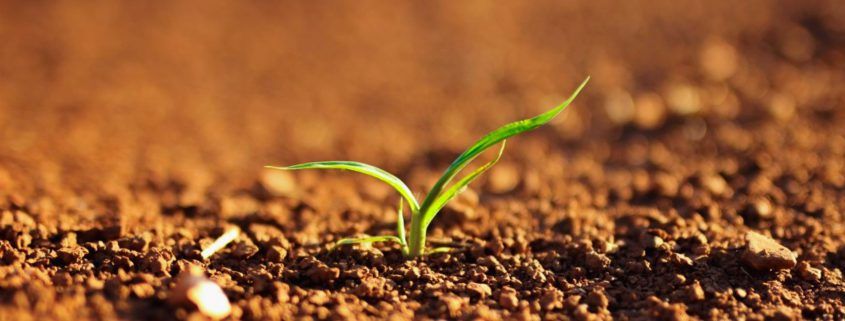Photosynthesis – the true source of soil carbon
The original source of carbon in the roots is atmospheric carbon dioxide. Photosynthesis is a process which everyone has heard of, and probably studied at school, but I don’t think we fully realise and appreciate its uniqueness and value.


